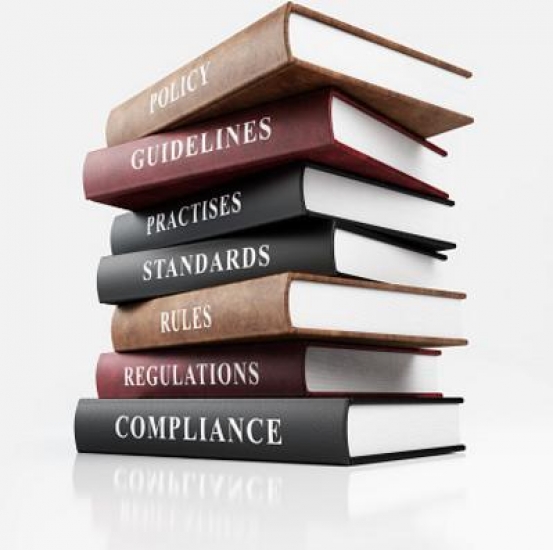Qualification standards for cold chain equipment
To guarantee an acceptable level of quality and security, temperature-controlled packaging solutions are qualified in accordance with regulations and standards established by different organisations in different countries.
Some reference documents come from standardisation bodies authorised by states and have the status of norms. Others are written by industrial associations and groups and have the status of standards or guides. In both cases, these documents are established by a consensus of those directly involved. It is also important to recognise that the application of a reference document is optional unless regulations make it compulsory.
Different reference documents govern the cold chain logistics of medicines
Let us distinguish between the various supplementary reference documents within the temperature-controlled healthcare products chain.
- Regulations: These are a set of instructions and rules governing an activity. Regulations are written by competent administrations and their application is compulsory.
- Norms: A norm is a reference document describing a method for qualifying a temperature-controlled container, formalised by an independent body authorised for this purpose by a national or international authority (ISO, AFNOR, DIN, ASTM, BSI, NBN, JSA, etc.).
- Standards: A standard is a document similar to a norm but formalised by a group (consortium) of users and product or service providers. It seeks to ensure compatibility of products and services from different sources.
- Guides and recommendations: A guide is a document, grouping together information on a topic, which serves as a benchmark. Recommendations are advice on good practice. For example, WHO has a guide on protocols for thermal efficiency testing: WHO/IVB/05.23.
The cold chain Guide, the first reference document on the pharmaceutical cold chain

“The system is only as strong as its weakest link”.
It is with this in mind that Sofrigam initiated the production of the practical guide for cold chain medicines published in 2008 by the French Association for Pharmaceutical Sciences and Techniques (SFSTP) and the French Cold Association (AFF).
Sofrigam’s cold chain experts, as members of various technical committees within the AFF-SFSTP associations, have contributed extensively to the production of this guide with other industrial refrigeration professionals, in the pharmaceutical and pharmacy sectors.
This practical guide on the medicine cold chain was one of the first quality reference documents to secure the distribution network of healthcare products via the cold chain (+2/+8°C) for all professionals involved in the medicine logistics chain: pharmaceutical laboratories, distributors and pharmacists. It aims to guarantee better security of the medicine delivered in line with regulatory constraints while optimizing operation costs using concrete examples to assist professionals in their various processes: writing specifications, validation of transport, implementation of controls, etc.
Year after year, the French Board of Pharmacists published its recommendations for maintaining the cold chain of healthcare products at the pharmacy (receipt, storage, preparation of medicines, patient recommendations). Where they are still valid, these reference documents have witnessed other initiatives to combat the complexity of the subject of refrigeration for healthcare products, such as the creation of a committee dedicated to the last mile within the French Cold Association (AFF).
There are many reference documents encompassing the qualification protocols for cold chain packaging solutions and going through them can be confusing. In the next article we will look at the different parameters considered in the qualification protocols for insulated packaging solutions. This will help you to compare the efficiency of the various packaging solutions available on the market more easily. A later article will provide you with a comparative summary of the different protocols for qualifying packaging solutions.
